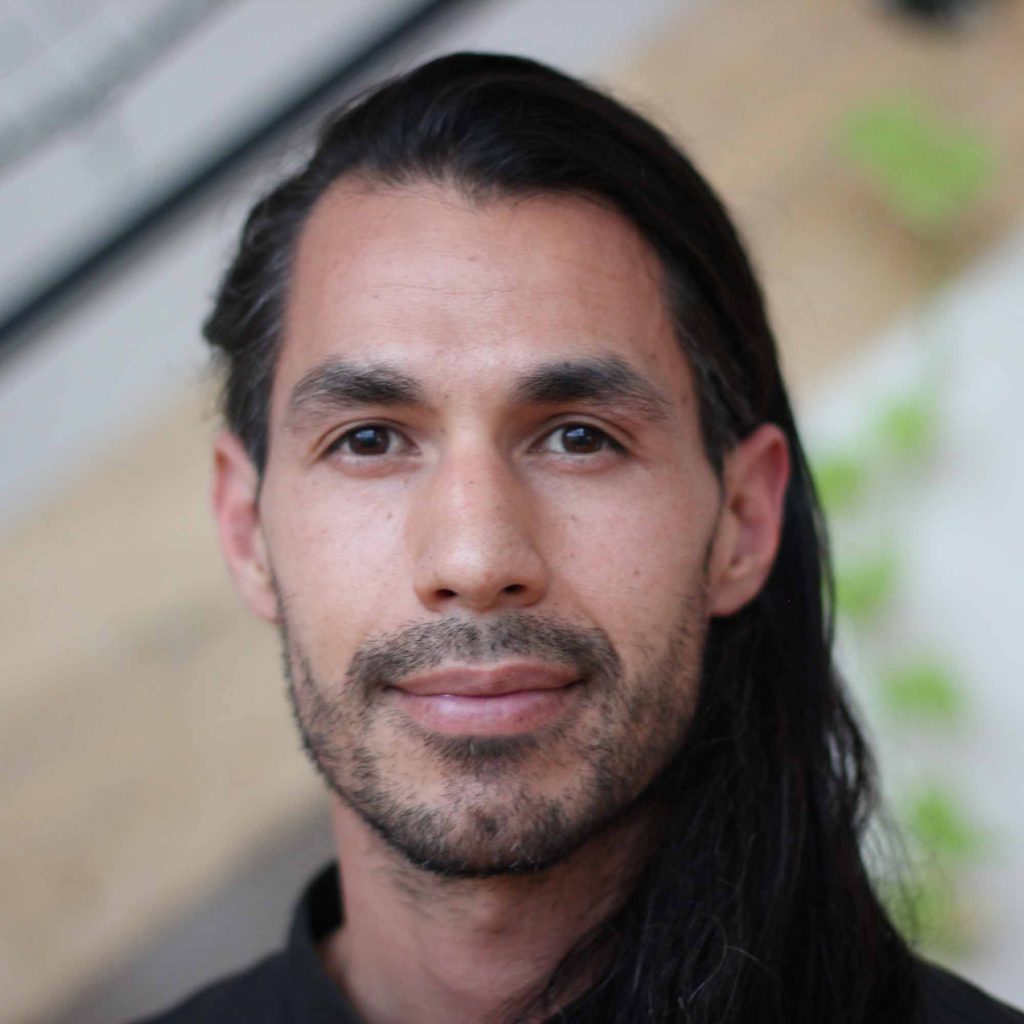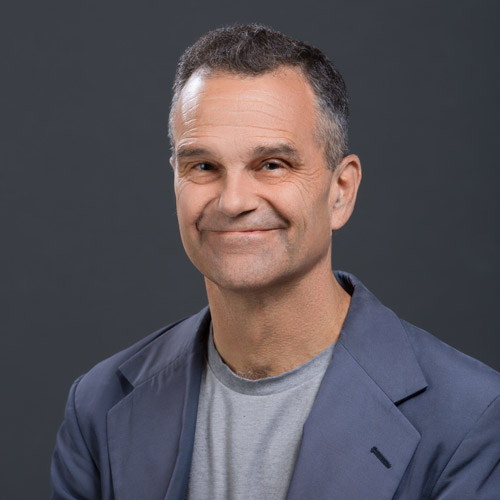Why Has Gun Violence Increased in the United States? Three Questions for BU’s Jonathan Jay

Last year’s record increase in gun deaths likely stemmed from the economic and medical traumas inflicted by COVID-19, BU’s Jonathan Jay says. Illustration by ARTQU/iStock
Why Has Gun Violence Increased in the United States? Three Questions for BU’s Jonathan Jay
SPH researcher studied last year’s record rise in shooting deaths
- BU’s Jonathan Jay studied 2020’s record increase in gun deaths
- Says pandemic’s health, economic stress played a large role
- Violence could linger beyond COVID without community, government help
Mass shootings, like the ones that killed 8 at spas and massage parlors in Atlanta last month and 10 at a supermarket in Boulder, Colo., just days later, are a fraction of the nation’s gun deaths. If that’s good news, here’s the bad: as COVID-19 spread across the United States last year, murders spiked 21 percent, a one-year record.

For Americans old enough to remember, the drop in violent crime rates since the early 1990s—by between half and three quarters, depending on who’s counting—was cause for celebration. While last year’s murder rate was far below the early ’90s peak, the 50 largest US cities by themselves had a 42 percent rise in fatal shootings. “That’s 1,923 extra deaths in those cities alone,” tweeted gun violence researcher Jonathan Jay, a School of Public Health assistant professor of community health sciences. Jay, who analyzed the surge as the head of the SPH Research on Innovations for Safety and Equity (RISE) Lab, relied on data from the Gun Violence Archive, a nonprofit that tracks media and public reports of shooting incidents. The $64,000 question: did the pandemic increase stress levels and violence or does the uptick in fatal shootings suggest we’re in for a long-term crime spree? Jay discussed his findings with BU Today.
BU Today: Why did you decide to study this topic?
Jay: In 2019, I developed a tool called Shape-Up, which combines machine learning and satellite imagery to identify the micro locations, like specific city blocks, that have the highest risk of gun violence incidence. The idea is to help city officials and community members identify and prioritize those locations. At the same time, gun violence rates began rising over the course of the COVID-19 pandemic.
Depending on how you calculate it, the gun homicide rate in US cities is likely to have increased by 35 to 40 percent from 2019 to 2020, which would be the biggest single-year increase on record. This was staggering, but we didn’t see it getting widespread attention outside of the communities most directly affected, predominantly people of color, who have suffered most during COVID-19. Resources and attention are critical because we have a pretty good toolbox of interventions for curbing gun violence.
Those kinds of services have fallen off during the pandemic, which likely explains part of the violence rise. But we also need to be able to see how gun violence is highly concentrated in neighborhoods with high rates of economic deprivation, trauma associated with past violence and now COVID, and poor access to resources. They’re also the most physically deteriorated and least conducive to community-building in shared spaces. We need to see that it’s not a coincidence that all of these burdens fall overwhelmingly on people of color, especially Black people. Our cities are racially segregated from decades of public policy that overtly and covertly aimed to maintain white dominance.
BU Today: What was your methodology? What metric did you use to select cities for your studies?
Jay: Police departments collect data on gun violence in real time, but they aren’t required to report them to anybody, and only a few voluntarily release them to the public. That led us to pull data from the Gun Violence Archive. Those data aren’t perfect, but our analyses have found that they are quite good at detecting trends in gun violence over time and space. In the short term, we’ll be releasing a series of online tools that allow users to interact with the data—for example, to see what the gun violence curve for their city looks like—and posting these on the RISE Lab website.
Except in special cases, we’ve just set a cutoff based on total population. So when we set the cutoff at the top 50 cities, you get all the biggest cities—New York, LA, Chicago—down to Minneapolis and Wichita, with populations around 400,000.
BU Today: After a quarter century of plunging crime rates, what’s your theory about the causes behind last year’s surge, and what policy responses do you think are needed?
Jay: What we know about the consequences of the pandemic alone would be enough to explain a very large increase in gun violence. Economic desperation causes stress and hopelessness, and traumatic experiences, like losing a loved one from COVID-19, could exacerbate the consequences of prior trauma, like childhood violence exposures.
Services and supports have been harder to deliver, and we know these programs play some role in preventing violence, so losing them may have contributed. One question mark has to do with the role of highly visible police violence—some researchers think that the aftermath of George Floyd’s killing played an important role in the gun violence surge. I don’t think the data behind this are nearly as convincing as some have claimed, but we know that gun [carrying] and violence are higher among young people who feel unsafe. Multiple instances of police violence in 2020 conveyed a very clear message that the state is not there to protect Black bodies.
Part of why action on violence prevention matters so much right now is that even as some stressors resolve [themselves], violence has self-perpetuating characteristics. Disputes between groups and individuals that escalated during COVID will not necessarily go away, even as underlying conditions slowly improve. It will take a combination of large-scale policies, like direct relief payments, along with community-based interventions, to bend the curve on the gun violence epidemic in US cities.

Comments & Discussion
Boston University moderates comments to facilitate an informed, substantive, civil conversation. Abusive, profane, self-promotional, misleading, incoherent or off-topic comments will be rejected. Moderators are staffed during regular business hours (EST) and can only accept comments written in English. Statistics or facts must include a citation or a link to the citation.